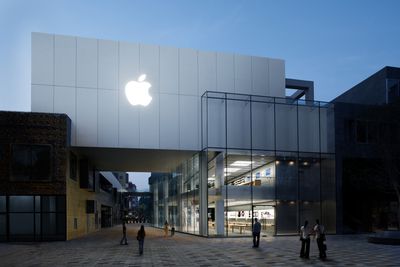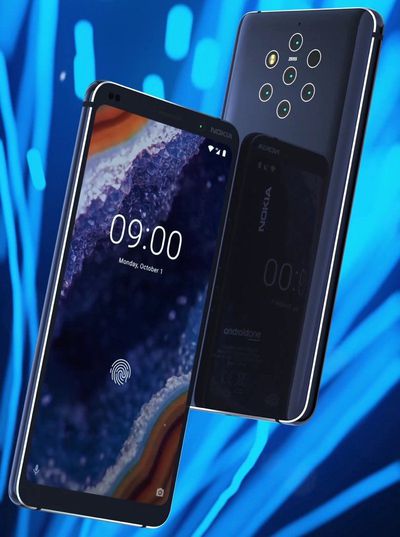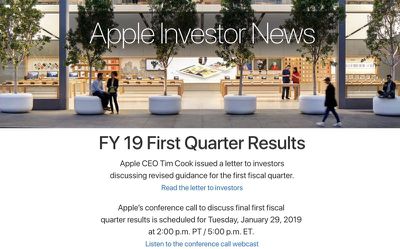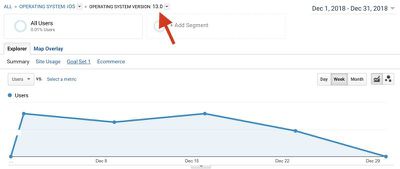Samsung's upcoming Galaxy S10 flagship smartphone was spotted out in the wild today, with leaker Evan Blass sharing an image of the new device.
Rather than adopting a notch like many other smartphone manufacturers, Samsung is using an edge-to-edge display that features a small camera cutout at the upper right side of the device. Aside from this circular cutout, the rest of the smartphone's front side is taken up by display area.
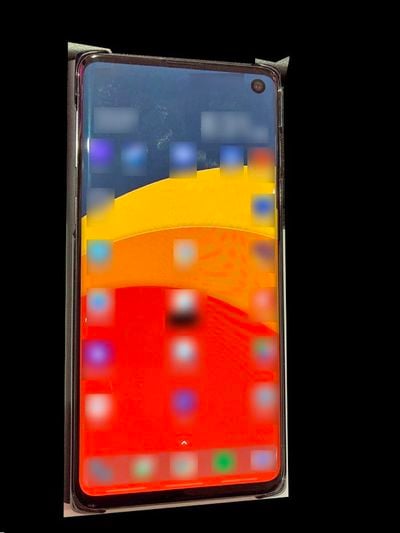
Samsung is able to use a single camera cutout for the S10 because it is housing less equipment than Apple's latest iPhones. There's no TrueDepth camera system with multiple sensors that include an IR camera and dot projector in addition to the standard front-facing camera, so Samsung is able to introduce a smaller cutout.
In the tweet, Blass calls the S10 the "Beyond 1," which is one of three S10 smartphones Samsung has in the works. As explained by CNET, the Beyond 1 is expected to be the same size as the Galaxy S9, with a 6.1-inch screen and a single front-facing camera.
Rumors have suggested other S10 models (at least one model will be larger) will have two front-facing cameras, so the cutout on these devices, which has been seen in renderings, could be a bit bigger. At least some of the Galaxy S10 smartphones are expected to feature a four-camera rear setup.
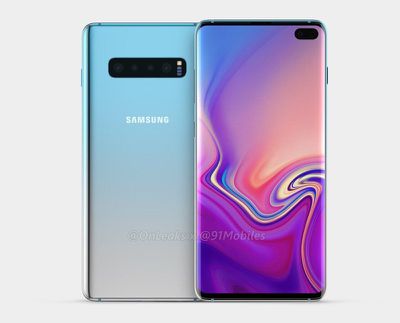
Samsung's Galaxy A8s smartphone also featured the same hole punch-style design that's seen in the Galaxy S10, with the camera located at the top left of the device.
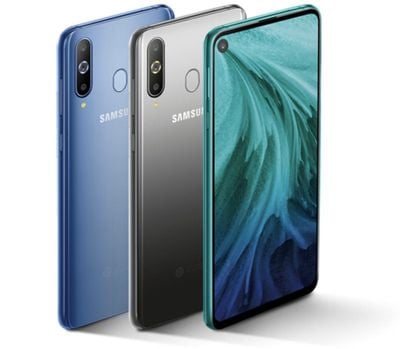
Rumors suggest Samsung will debut the Galaxy S10 smartphone, which will compete directly with Apple's latest devices, the iPhone XS, XS Max, and XR, ahead of Mobile World Congress in February 2019.
It's not known if Apple will be able to follow in Samsung's footsteps with such a small camera cutout, but we have heard an early rumor suggesting Apple's 2019 devices could feature a slimmed-down notch, and there's even been a rumor indicating Apple is working on a smartphone with no notch at all.
For more of what to expect from Apple's 2019 iPhones, likely to be unveiled later this year in September, check out our dedicated roundup.





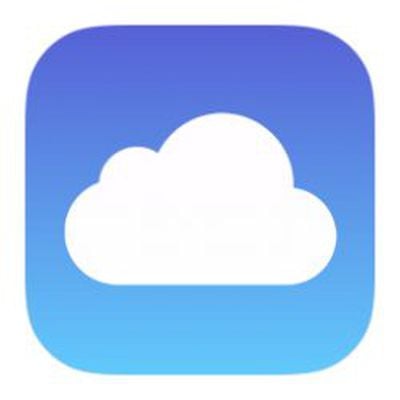 Patrick Gates, Apple's senior director of engineering for iCloud, FaceTime, and iMessage, is leaving the company to join a stealth startup called Humane, reports
Patrick Gates, Apple's senior director of engineering for iCloud, FaceTime, and iMessage, is leaving the company to join a stealth startup called Humane, reports 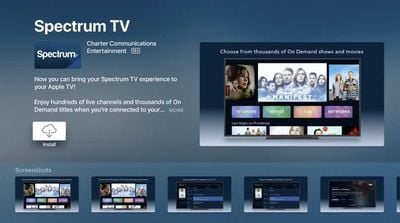
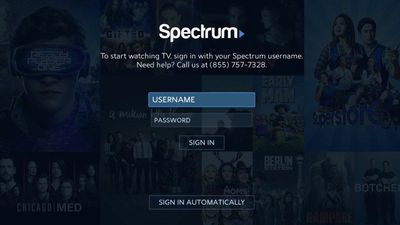
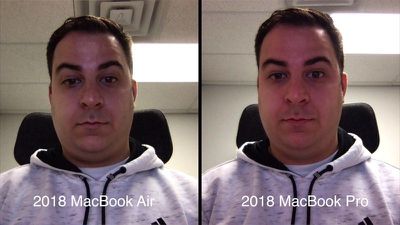
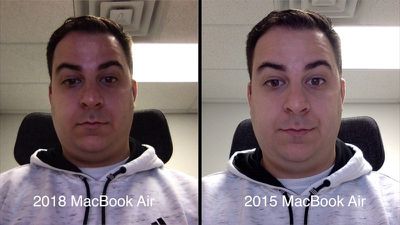


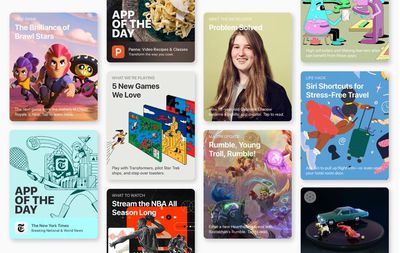
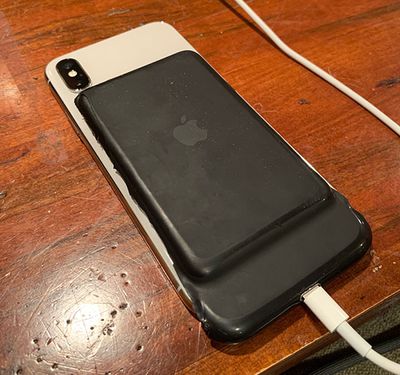
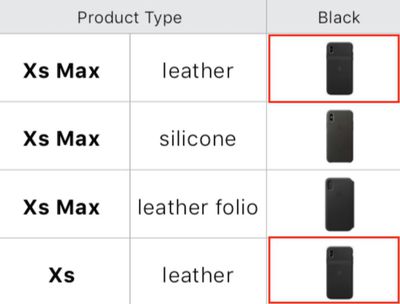

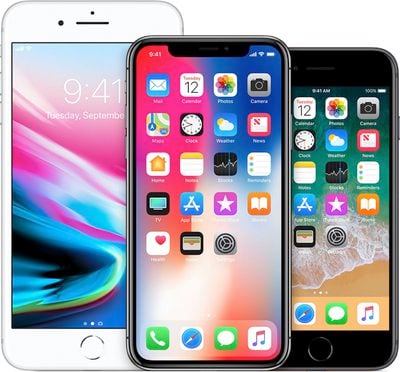
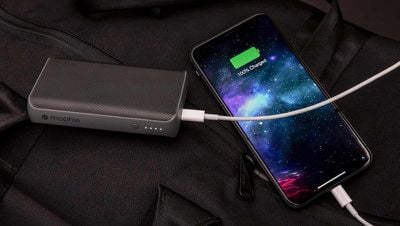
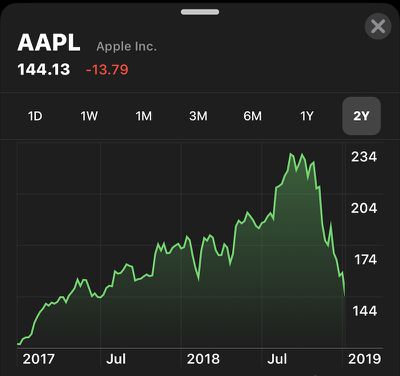
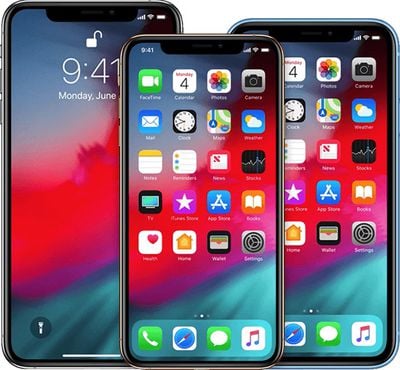
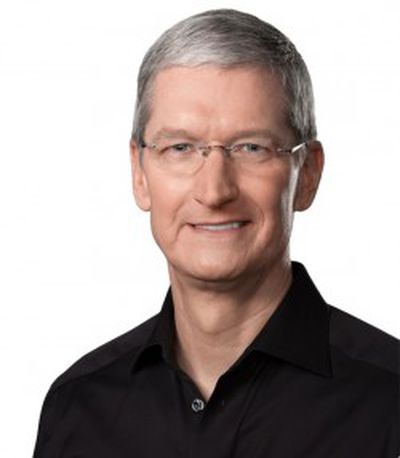 Apple CEO Tim Cook today plans to hold an "all-hands meeting" with employees to alleviate any fears surrounding the company's
Apple CEO Tim Cook today plans to hold an "all-hands meeting" with employees to alleviate any fears surrounding the company's 